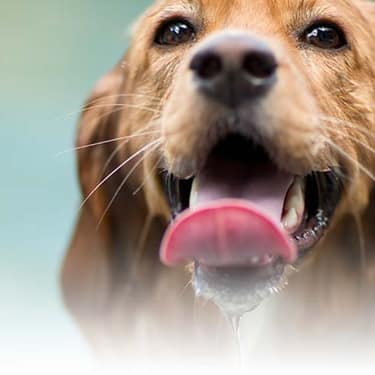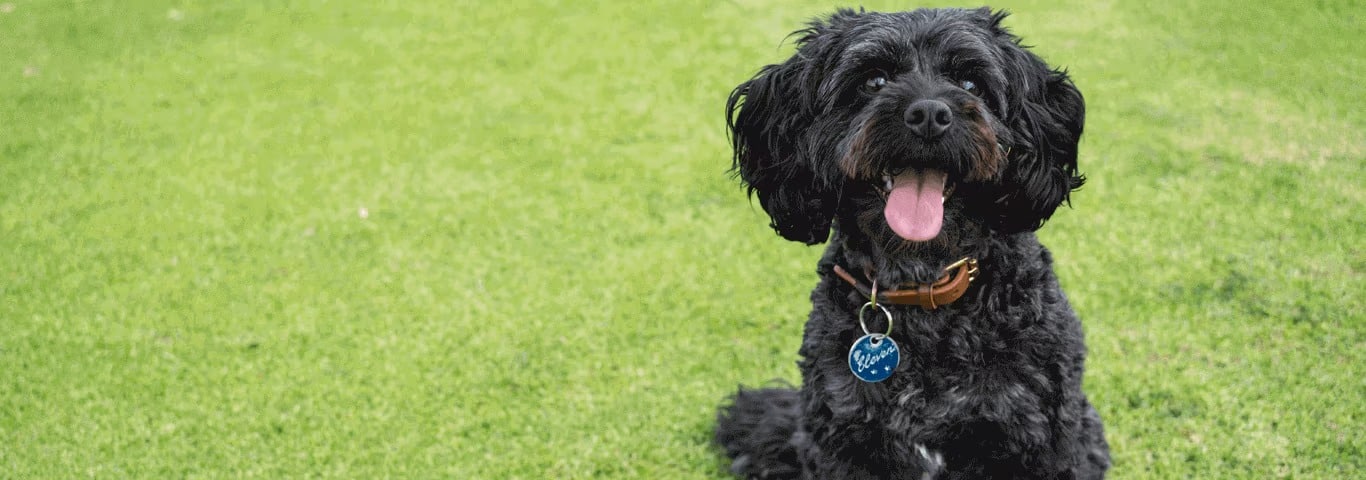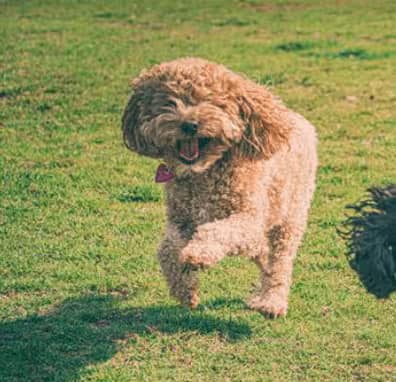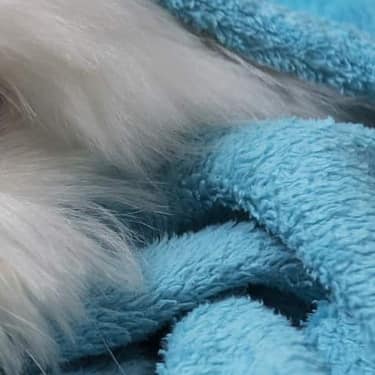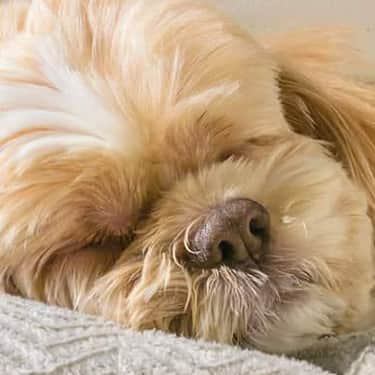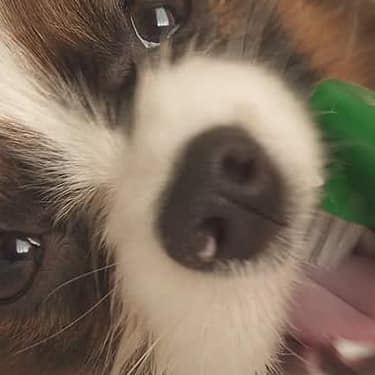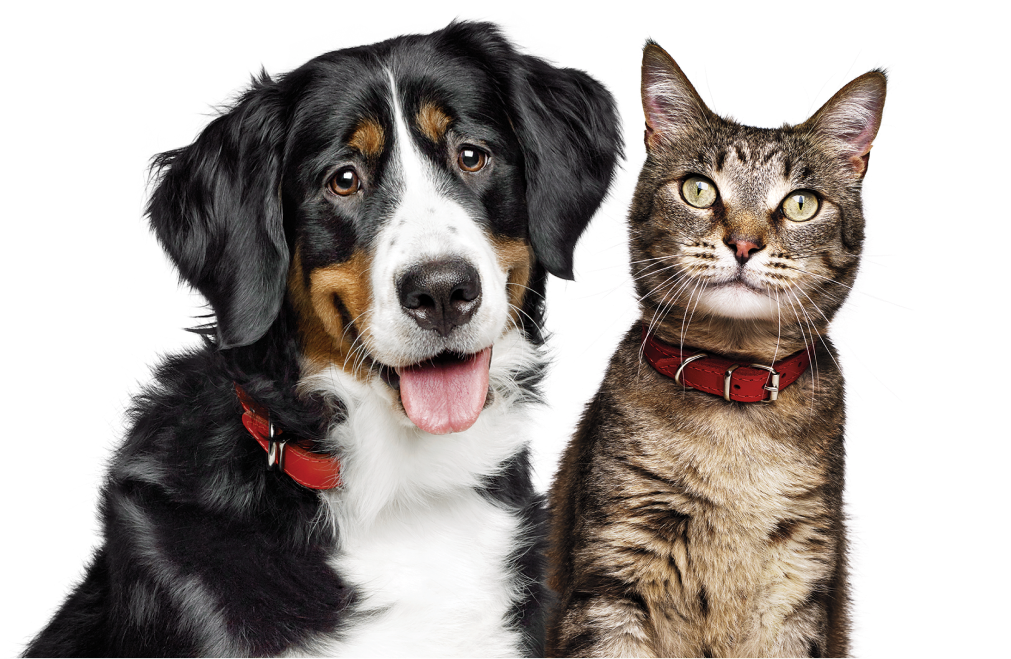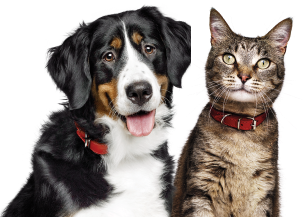Intelligence makes Cavoodles easy to train – but it also means they need mental stimulation. Providing them with lots of toys and treats they can hunt for during the day will help to keep them amused - along with playtime or walks outside.
These highly social dogs are great with kids and other animals as well. In fact, they crave company – so if you need to leave your Cavoodle by themselves regularly and for long periods, you may discover they’ve taken to chewing everything in your absence (as like many other dogs).
This brings us to another important element of having a Cavoodle: Good training, early.
Training should commence at around the eight-week mark and requires positive reinforcement, repetition, routine, and patience. When done properly, it results in a confident, well-adjusted dog that’s obedient and doesn’t bark unnecessarily.
Be mindful, however, that Cavoodles are loyal watch dogs and will bark at a perceived threat. But once they identify a stranger as friendly, they will settle down. Again, training is key.
As for living environments, Cavoodles are happy almost anywhere - including small units. In fact, their Cavalier King Charles Spaniel disposition will have them happily sitting on your lap or lounge most of the day. And because they have a low odour, non-shedding woolen coat, you won’t find yourself vacuuming every day.
Diet Suggestions (>11 kg adult weight):
Puppy: Hill’s Science Diet Puppy Dry Dog Food
Adult: Hill’s Science Diet Adult Dry Dog Food; Hill’s Science Diet Adult Perfect Weight Dry Dog Food
Mature: Hill’s Science Diet Adult 7+ Senior Dry Dog Food
Diet Suggestions (<11 kg adult weight):
Puppy: Hill’s Science Diet Puppy Small Paws Dry Dog Food
Adult: Hill’s Science Diet Adult Small Paws Dry Dog Food; Hill’s Science Diet Adult Perfect Weight Small & Mini Dry Dog Food
Mature: Hill’s Science Diet Adult 7+ Senior Small Paws Dry Dog Food; Hill's Science Diet Adult 11+ Senior Small Paws Senior Dry Dog Food
The Cavoodle cross-breed is one of the oldest Poodle cross-breeds known, having first appeared in the 1950s probably as an accident.
In the late 1990s, the first intentional litter was then born in Australia – thanks to savvy breeders who wanted to achieve a well natured companion dog with the calmness of the Cavalier King Charles Spaniel and the intellect of the Poodle. The hypoallergenic coat was also a bonus.
The Cavoodle (or Cavapoo in the USA) is now an extremely popular dog across Australia, the UK and America even though it’s not recognised by any of the international kennel clubs.
It is important to exercise your own due diligence when it comes to researching this breed, as with any other dog type, before bringing home a new addition to your family.
Health Concerns:
In terms of individuality, as with all crossbred dogs, Cavoodles take on the most dominant genes of their parents – which is why they can differ in size, facial structure and coat. That also applies to genetic health problems – so it’s advisable to have both parents screened for common inheritable conditions. These include:
Syringomyelia (a malformation with the skull),
Mitral Valve disease (a progressive heart condition),
Eye diseases,
Hip Dysplasia,
Luxating Patellas (which affects the kneecap),
Epilepsy,
Tooth alignment issues.
It is advised that any prospective pet parents are aware of potential health challenges faced with this cross-breed before ownership and that you think carefully before bringing a new dog home.







